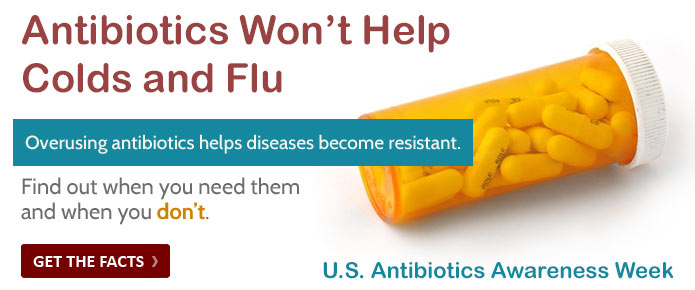Certain types of emergencies, such as a chemical accident or natural disasters, make going outdoors dangerous. Instead, it's safer to stay indoors and shelter in place.
"Shelter in place" means to make a shelter out of the place you are in. It is a way for you to make the building as safe as possible to protect yourself until help arrives.
You should not try to shelter in a vehicle unless you have no other choice. Vehicles are not air-tight enough to give you adequate protection from chemicals.
Preparing to shelter in place
Choose a room in your house or apartment for your shelter. The best room to use for the shelter is a room with as few windows and doors as possible. A large room, preferably with a water supply, is desirable, something like a master bedroom that is connected to a bathroom.
For chemical events, this room should be as high in the structure as possible to avoid vapors (gases) that sink. Turn off the air conditioning system. Close all windows and doors.
For tornadoes and other severe weather, the shelter should be low in the home, located in an interior room or closet.
You might not be at home if the need to shelter in place ever arises, but if you are at home, the following items would be good to have on hand. (Ideally, all of these items would be stored in the shelter room to save time.)
- First aid kit
- Food and bottled water. Store one gallon of water per person in plastic bottles as well as ready-to-eat foods that will keep without refrigeration at the shelter in place location. If you do not have bottled water, or if you run out, you can drink water from a toilet tank (not from a toilet bowl).
- Flashlight, battery-powered radio, and extra batteries for both.
- Duct tape and scissors.
- Towels and plastic sheeting.
- A working telephone.
When to shelter in place
- You will hear from the local police, emergency coordinators, or government on the radio and on television if you need to shelter-in -place.
- If there is a "code red" or "severe" terror alert, you should pay attention to radio and television broadcasts to know right away whether a shelter-in-place alert is announced for your area.
- If you are away from your shelter-in-place location when a chemical event occurs, follow the instructions of emergency coordinators to find the nearest shelter.
- If your children are at school, they will be sheltered there. Unless you are instructed to do so, do not try to get to the school to bring your children home.
What to do
Act quickly and follow the instructions of your local emergency coordinators. Every situation can be different, so local emergency coordinators might have special instructions for you to follow.
In general, do the following:
- Go inside as quickly as possible.
- If there
is time, shut and lock all outside doors and windows. Locking them may
provide a tighter seal against the chemical.
- Turn off the air conditioner or heater.
- Turn off all fans.
- Close the fireplace damper and any other place that air can come in from the outside.
- Go in the shelter-in-place room and shut the door.
- Tape plastic over any windows in the room.
- Use duct tape around the windows and doors and make an unbroken seal.
- Use the tape over any vents into the room and seal any electrical outlets or other openings.
- If it is necessary to drink water, drink stored water, not water from the tap. Sink and toilet drain traps should have water in them (you can use the sink and toilet as you normally would).
- Turn on the radio.
- Keep a telephone close at hand, but don't use it unless there is a serious emergency.
Sheltering in this way should keep you safer than if you are outdoors. Most likely, you will be in the shelter for no more than a few hours. Listen to the radio for an announcement indicating that it is safe to leave the shelter.
After you come out of the shelter, emergency coordinators may have additional instructions on how to make the rest of the building safe again.
This fact sheet is based on the Center's For Disease Control and Prevention's (CDC) best current information. It may be updated as new information becomes available.

